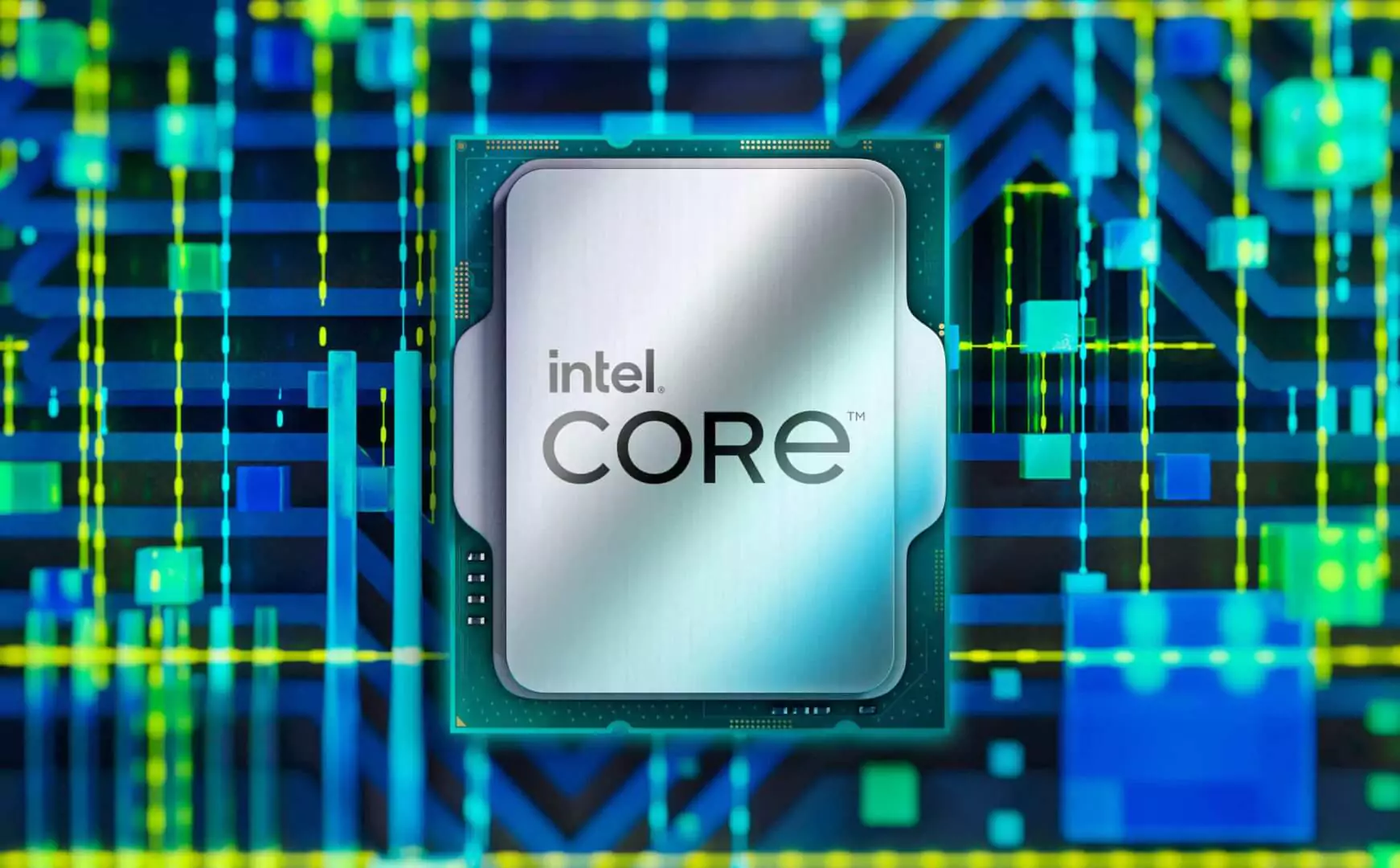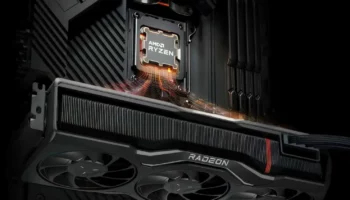Intel Core i7-14700K vs i9-13900K: Ray Tracing Benchmarks
Ray tracing is more intensive on the CPU as well as the GPU. The draw calls per scene increase significantly for the former, while the latter has to deal with the casting, tracking, and intersection of millions of rays per frame.

A Plague Tale sees a nominal average FPS difference between the 13900K and the 14700K. However, the lows are much more stable on the former as the latter fails to hit 60.
| CPU | Intel Core i7-14700K | Intel Core i9-13900K |
|---|---|---|
| Average Framerate | 129 FPS | 139 FPS |
| 1% Lows | 57.3 FPS | 86.5 FPS |
| Average Power | 121W | 164W |
| Winner | Core i9-13900K |

Crysis Remastered leverages a mix of software and hardware ray tracing. It prefers the Core i9-13900K over the 14700K, with a minor delta between the two CPUs.
| CPU | Intel Core i7-14700K | Intel Core i9-13900K |
|---|---|---|
| Average Framerate | 182.1 FPS | 196.5 FPS |
| 1% Lows | 95.4 FPS | 111.1 FPS |
| Average Power | 122W | 128W |
| Winner | | Core i9-13900K |

Cyberpunk 2077 is one of the most well-optimized titles on PC. Interestingly, the Core i7-14700K performs better here, although the 13900K is only slightly slower with similar lows.
| CPU | Intel Core i7-14700K | Intel Core i9-13900K |
|---|---|---|
| Average Framerate | 144.3 FPS | 139.5 FPS |
| 1% Lows | 105.9 FPS | 104 FPS |
| Average Power | 166W | 176W |
| Winner | Core i7-14700K | |

Dying Light 2 is one of my favorite parkour-based games, with a vast open world of ruined structures, zombies, and overgrown vegetation. The Core i9-13900K is victorious in TechLand’s best open-world game, albeit with a minor lead.
| CPU | Intel Core i7-14700K | Intel Core i9-13900K |
|---|---|---|
| Average Framerate | 155 FPS | 165 FPS |
| 1% Lows | 128.3 FPS | 136 FPS |
| Average Power | 141W | 164W |
| Winner | | Core i9-13900K |

F1 2022 is a repeat of the previous test with averages of nearly 200 FPS on both CPUs. The lows are within four FPS on the two chips.
| CPU | Intel Core i7-14700K | Intel Core i9-13900K |
|---|---|---|
| Average Framerate | 177.5 FPS | 184.8 FPS |
| 1% Lows | 128 FPS | 132 FPS |
| Average Power | 121W | 155W |
| Winner | | Core i9-13900K |

Ghostwire Tokyo is smoother on the Core i7-14700K, with similar lows as the 13th Gen flagship. We’ll consider it a tie, as both chips render well over 144 FPS.
| CPU | Intel Core i7-14700K | Intel Core i9-13900K |
|---|---|---|
| Average Framerate | 157.6 FPS | 149.6 FPS |
| 1% Lows | 86.2 FPS | 83 FPS |
| Average Power | 135W | 167W |
| Winner | Core i7-14700K | |

Hitman 3 got ray tracing as a post-launch update. Despite being a relatively dated title, it taxes even the fastest CPUs and GPUs. The Core i9-13900K marks its fifth win with considerably higher lows.
| CPU | Intel Core i7-14700K | Intel Core i9-13900K |
|---|---|---|
| Average Framerate | 141.3 FPS | 148.3 FPS |
| 1% Lows | 59.4 FPS | 85 FPS |
| Average Power | 156W | 186W |
| Winner | | Core i9-13900K |

Hogwarts Legacy runs slightly faster on the Core i7-14700K, with averages of over 70 FPS on both processors. Their lows are within 3 FPS of one another.
| CPU | Intel Core i7-14700K | Intel Core i9-13900K |
|---|---|---|
| Average Framerate | 73.5 FPS | 70.3 FPS |
| 1% Lows | 49.5 FPS | 46.5 FPS |
| Average Power | 127W | 174W |
| Winner | Core i7-14700K | |

Metro Exodus Enhanced Edition was the first title to truly leverage multi-bounce ray-traced global illumination (path tracing) on a large scale. This East European title runs better on the Core i9-13900K, even though the lows are identical.
| CPU | Intel Core i7-14700K | Intel Core i9-13900K |
|---|---|---|
| Average Framerate | 142.4 FPS | 150.3 FPS |
| 1% Lows | 80.5 FPS | 81.9 FPS |
| Average Power | 125W | 164W |
| Winner | | Core i9-13900K |

Shadow of the Tomb Raider averages 274 FPS on the Core i7-14700K, up from 260 FPS on the 13900. Like the previous games, the lows are a much affair.
| CPU | Intel Core i7-14700K | Intel Core i9-13900K |
|---|---|---|
| Average Framerate | 274 FPS | 259.6 FPS |
| 1% Lows | 165 FPS | 158.2 FPS |
| Average Power | 151 | 184 |
| Winner | Core i7-14700K | |

The Callisto Protocol runs poorly even on the fastest GPUs. With ray-tracing, it averages 109 FPS on the Core i9-13900K and 104 FPS on the 14700K. The lows are within the margin of error.
| CPU | Intel Core i7-14700K | Intel Core i9-13900K |
|---|---|---|
| Average Framerate | 103.7 FPS | 109 FPS |
| 1% Lows | 82 FPS | 80.3 FPS |
| Average Power | 106W | 125W |
| Winner | | Core i9-13900K |
Average Ray Tracing Performance
| CPU | Intel Core i7-14700K | Intel Core i9-13900K |
|---|---|---|
| Average Framerate | 152.76 FPS | 155.63 FPS |
| Winner | | Core i9-13900K |
Conclusion: Core i9-13900K or the Core i7-14700K?
In terms of sheer performance, the Core i9-13900K is the better gaming CPU. However, if you consider price and power, the picture rearranges itself. The 13900K is slightly faster than the Core i7-14700K but costs $140 more and draws 20-25% more power. Ergo, the 13900K and its 3 FPS lead over the 14700K are inconsequential as it’s a power hog that costs way too much.
Further reading:





